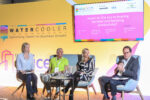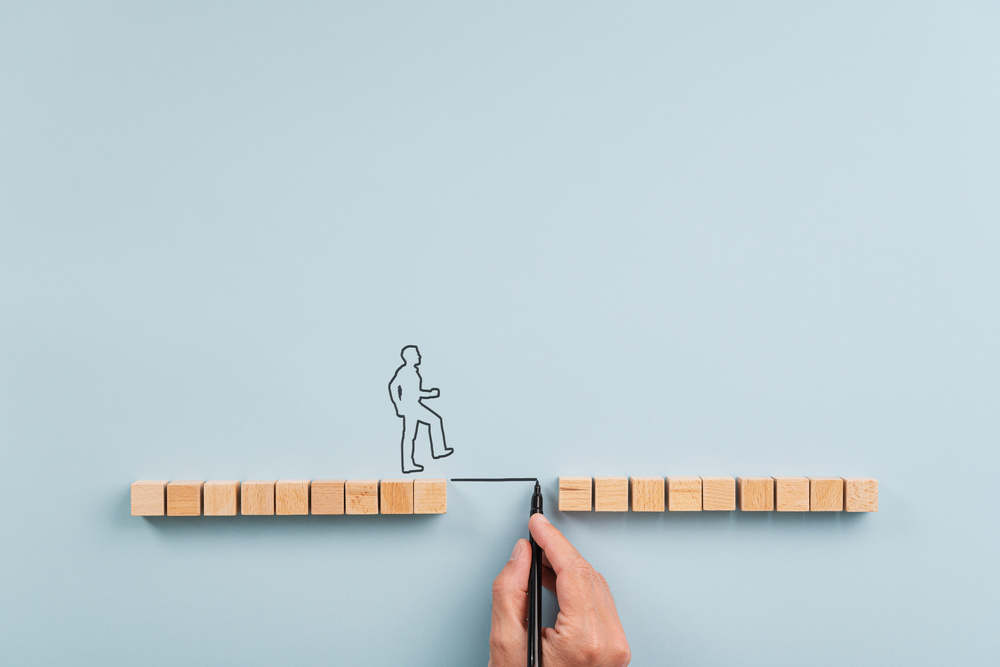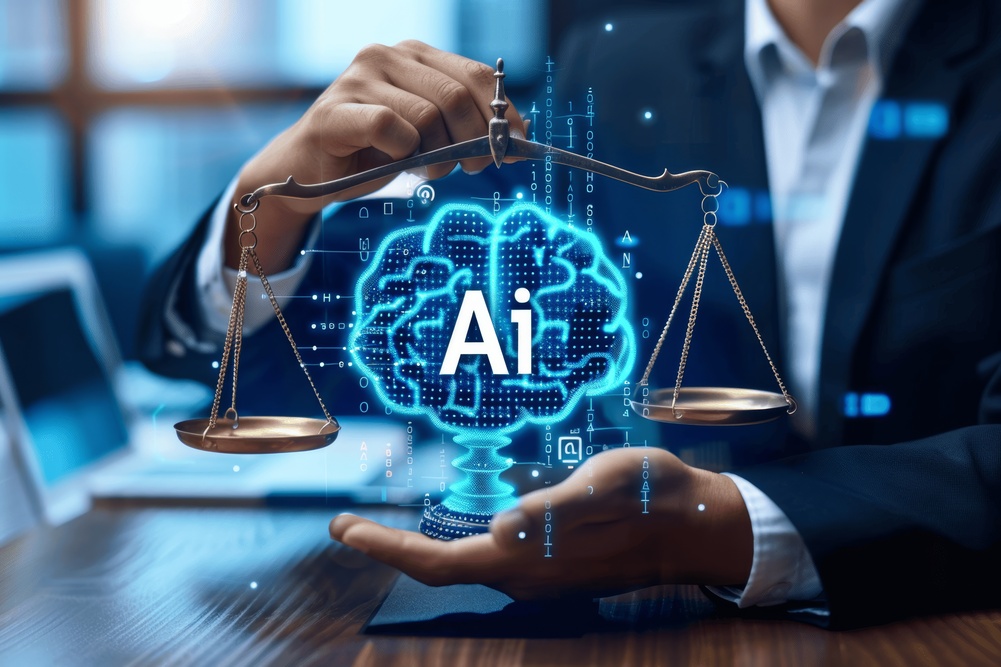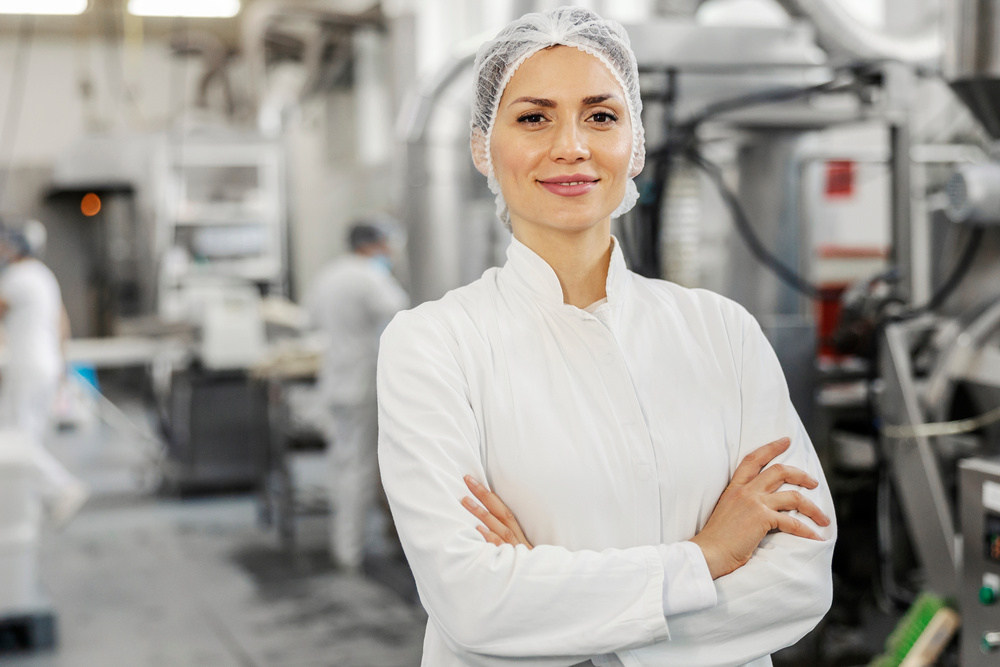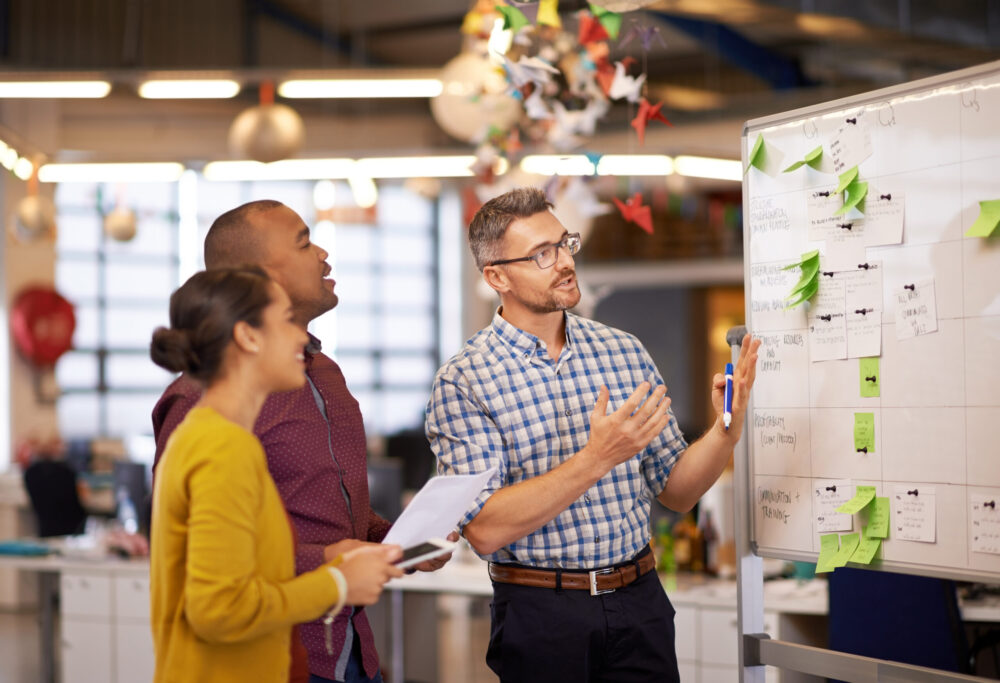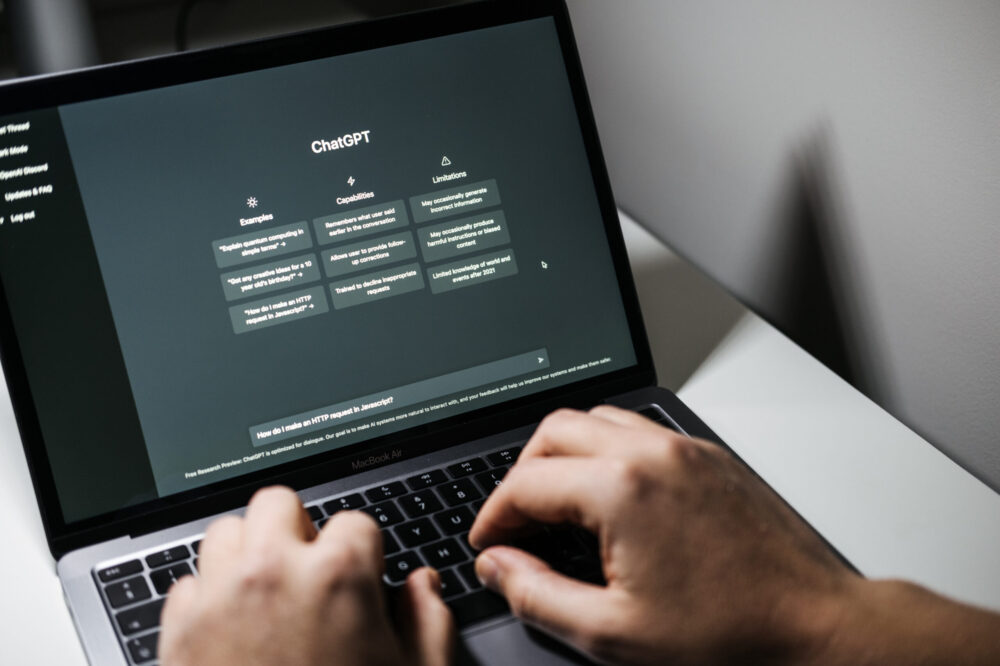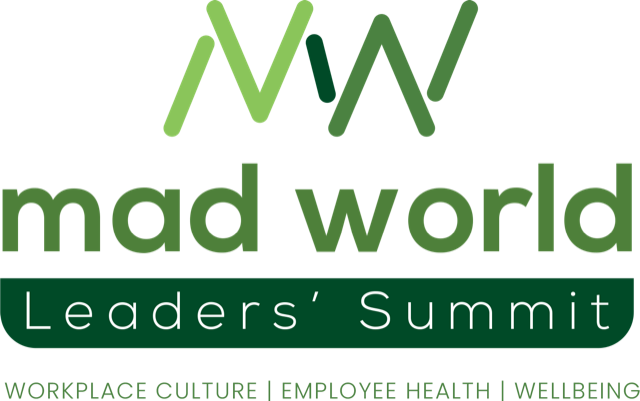The office is in crisis. It can no longer survive as a relic of outdated practices—a place where rigid schedules, lifeless rows of desks, and cookie-cutter designs sap creativity and alienate talent. Yet shockingly, some organisations are still building offices against yesterday’s blueprint, asking questions like, “How many desks and meeting rooms do we need?” If that’s the starting point, you already have the wrong person leading the conversation.
Today’s workplaces demand more. They must be hubs of inspiration, collaboration, and connection—spaces that energise people rather than constrain them. The rules of work have changed, and with them, the very purpose of the office. It’s no longer a simple container for tasks; it’s a platform for innovation, trust, and growth.
Trying to impose today’s dynamic working methods on yesterday’s rigid designs is a recipe for disaster. These environments don’t just fail to meet the needs of modern workers; they actively repel the very talent organisations need to succeed. And as hybrid work and evolving employee expectations continue to shape the future, the stakes for getting it right couldn’t be higher.
The workplace must transform—not into a space of obligation, but into a destination of choice. A place where people feel empowered, supported, and inspired to do their best work. This transformation starts with person-centric design: a commitment to shaping environments around the people who inhabit them, rather than forcing people to conform to outdated structures.
The question isn’t whether the workplace will change—it’s whether your organisation is prepared to lead the transformation.
The human element: Why design matters
For decades, workplaces were built around control: predictable schedules, fixed desks, and rigid hierarchies. But people aren’t machines. Their needs are dynamic, their strengths are diverse, and their motivations are deeply personal.
A workplace that doesn’t acknowledge this risks more than disengagement—it risks losing its people altogether. Employees are no longer content to “make do” in uninspiring spaces. They’re seeking workplaces that empower them, respect their individuality, and provide an environment where they can do their best work.
Neurodivergent employees, for example, may struggle in open-plan offices that overwhelm their senses. Flexible seating options, quiet zones, and sensory-friendly materials make a world of difference—not just in productivity, but in how included and valued they feel.
Similarly, parents balancing work and caregiving responsibilities may need more than hybrid work policies; they need spaces that support focus during office days and flexibility when working remotely. When workplaces reflect these realities, they send a powerful message: “We care about you—not just your output.”
Connection in a disconnected world
The rise of remote and hybrid work has provided unprecedented freedom but has also left many employees feeling isolated. While technology keeps teams connected, it cannot replace the creativity and camaraderie of in-person collaboration.
Person-centric workplaces bridge this gap by offering more than just desks. They create opportunities for meaningful connection—spaces where brainstorming thrives, casual interactions spark innovation, and employees feel part of something bigger than themselves.
Breakout areas designed for informal collaboration foster deeper relationships and spontaneous problem-solving. Wellness zones, with biophilic design and calming aesthetics, give employees a chance to recharge and feel grounded. These thoughtful spaces reintroduce the sense of belonging that many have missed while working remotely.
Designing for inclusion and wellbeing
Diversity is a strength, but inclusion is what activates it. Person-centric design must go beyond accessibility checklists to create spaces that are genuinely inclusive and adaptable for everyone.
- Neurodiversity: Adjustable lighting, sensory-safe zones, and clear signage support focus, creativity, and comfort for all cognitive styles.
- Physical inclusivity: Ergonomic furniture, wide corridors, and accessible facilities ensure every employee feels valued.
- Emotional wellbeing: Incorporating natural elements like greenery and sunlight through biophilic design reduces stress and boosts happiness, making workplaces both functional and inspiring.
These features don’t just tick boxes—they build trust. They signal to employees: “You belong here.”
Flexibility: A core ingredient
Flexibility isn’t just about policies—it’s about possibilities. Imagine a workplace where spaces adapt to the task at hand. One day, an employee might need a quiet pod for deep focus; the next, a collaborative space for a creative sprint.
True flexibility demonstrates trust in employees and supports diverse ways of working. It acknowledges that people’s needs vary day to day and empowers them to perform at their best, whenever and wherever that may be.
People are the real bottom line
Engagement, retention, and innovation flow from one source: people. Person-centric design isn’t just about attracting talent; it’s about creating the conditions where talent thrives.
When employees feel supported by their environment, they don’t just stay—they excel. Research from Gallup found that companies with highly engaged employees see a 23% increase in profitability. This isn’t just about numbers—it’s about building workplaces where people are inspired to contribute their best.
The future of workplaces
The workplace is no longer just a location—it’s an ecosystem. A thoughtfully designed workplace reflects an organisation’s values and its commitment to its people.
A person-centric approach isn’t about aesthetics or gimmicks. It’s about making the office a place of choice, where employees come not because they have to, but because they want to. It’s about fostering connection, enabling flexibility, and creating spaces that empower every individual to succeed.
The question isn’t whether workplaces will change—it’s whether organisations will change quickly enough to meet the expectations of the people they rely on most.
Are you ready to lead the way? Redefine your workplace and create an environment where your people—and your business—can thrive.
About the author
Isobel is dedicated to redefining the future of work, challenging outdated norms to build workplaces that are inclusive, diverse, and deliver measurable results. She partners with organisations to replace traditional models with trust-based approaches that empower individuals to bring their full selves to work—unlocking innovation and driving tangible, impactful growth.
Seeing diversity as a strategic advantage, Isobel guides organisations in building human-focused environments that prioritise connection, creativity, and purpose. Her approach makes businesses more adaptable and resilient, proving that inclusive practices are powerful drivers of success in today’s evolving world of work.
You can meet Isobel in person at The Office Event where she’ll be exhibiting. The Office Event is a unique and timely trade show with free-to-attend content that offers a one-stop-shop for organisations who are rethinking their approach to workplace design, workplace experience and facilities management. Now in its second year, The Office will take place on 30th April and 1st May 2025, at ExCel in London. Co-located with The Watercooler Event for the full 360-degree workplace culture and employee wellbeing experience. You can find out more here.
You might also like:

